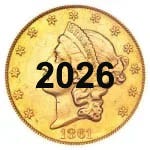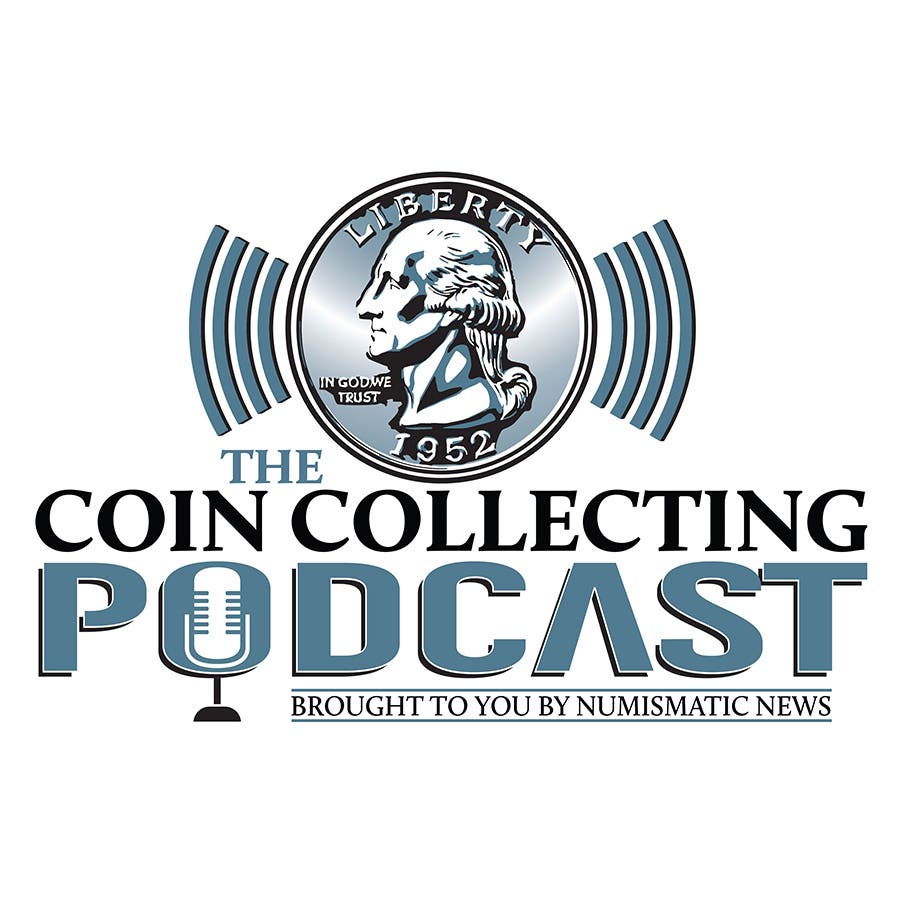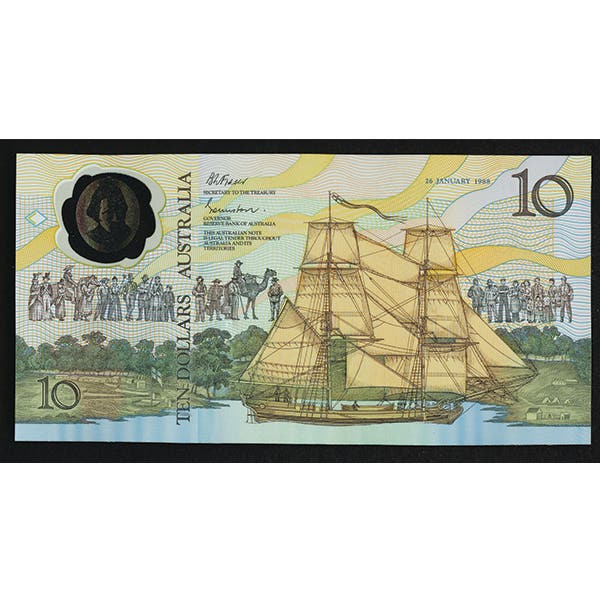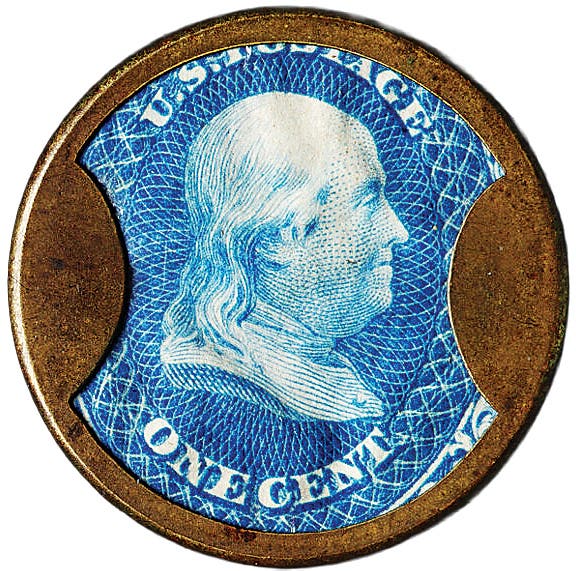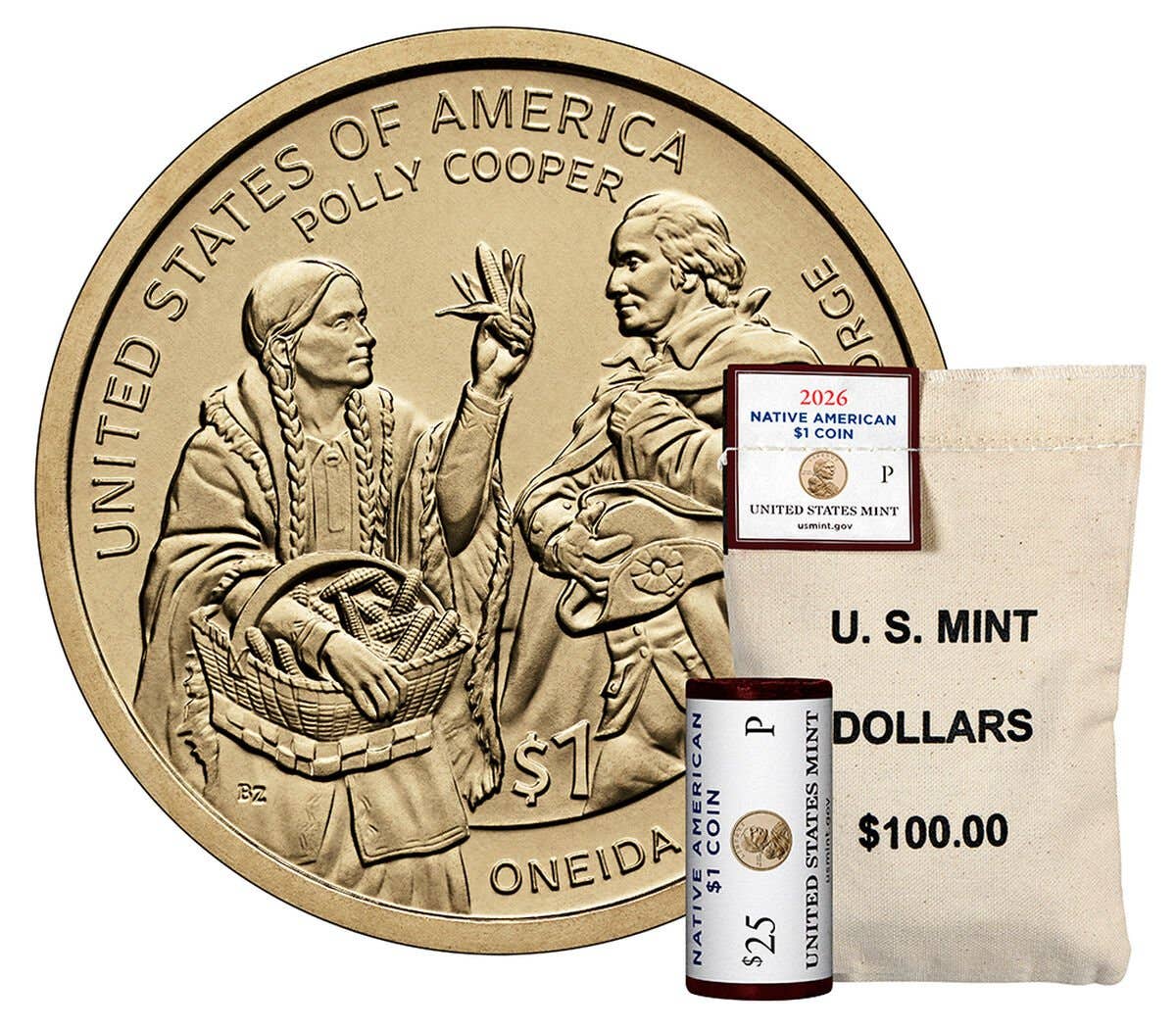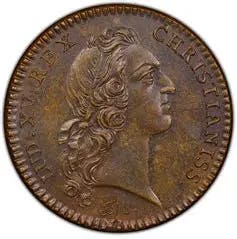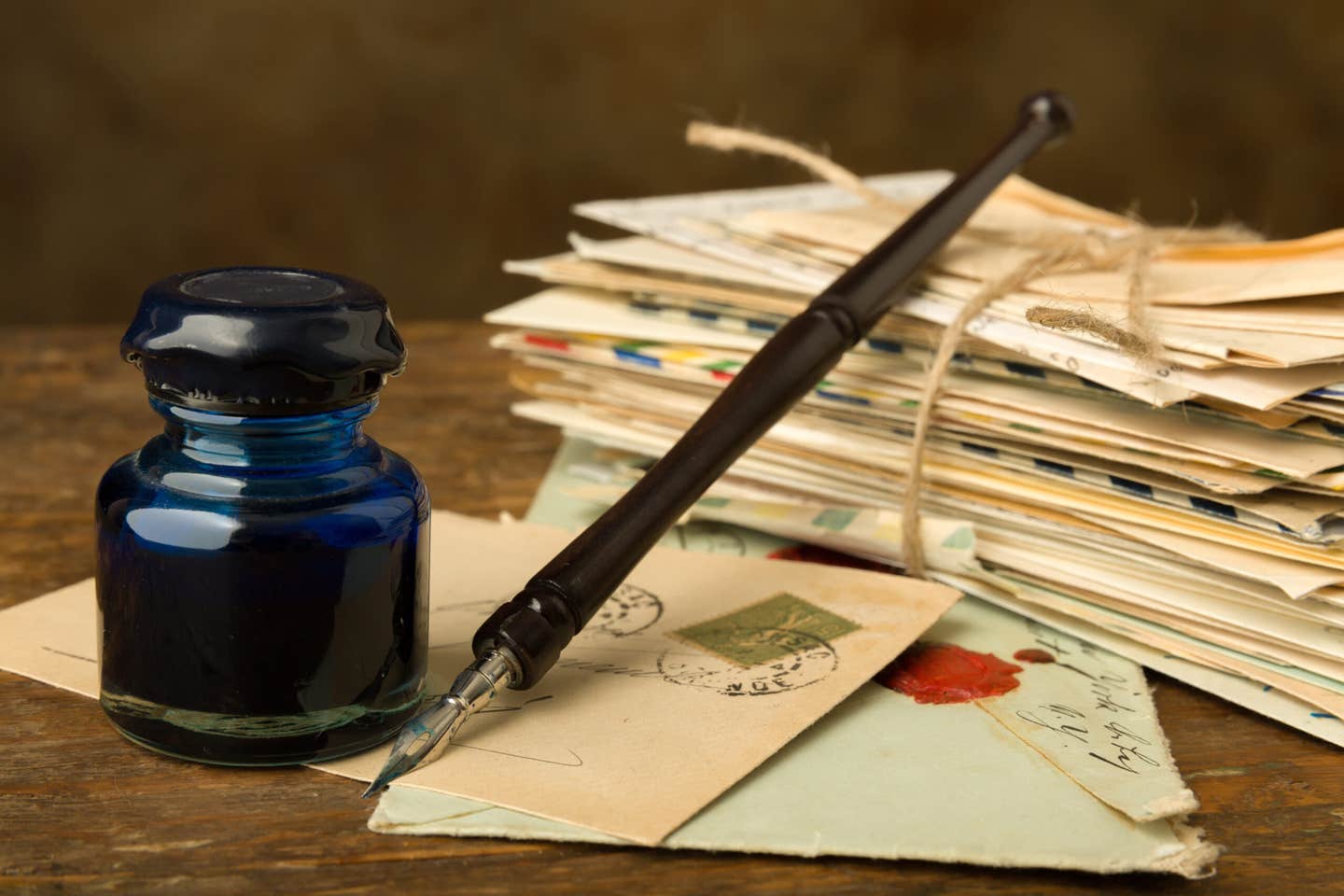Past Time with Coins: Intrigue Abounds in Coin-Operated Machines
From the creepy to the delightful, early coin vendors offered everything from chewing gum to hardboiled eggs.
I was not familiar with the “trade stimulators” and the other coin-operated machines mentioned in an article by Charles V. Mathis in the August 1965 issue of Coins magazine.
A look at Heritage Auctions’ archives shows just a couple of examples, including one that offered the chance to win five cigars when you entered your coin.
A more disturbing machine from London was “To Cure and Amuse.” The Majestic’s plaque at the top of the machine reads: “1. Turn handle A sharply with one hand and retain your hold. 2. Place a penny in the slot with the other hand and then clutch handle B with the same hand, and you will receive an electric current.”
So you could pay to receive an electric shock. No thanks.
In “Remember the Penny-in-a-Slot Machines?: Early mechanical venders evoke the days when granddad could get Colgan’s Taffy-Tolu Chewing Gum and many other goodies with the smallest of change,” Mathis wrote:
“Do you smile in fond recollection when you see an old Pulver gum vendor with a little figure that bows every time a piece of gum is sold? Does a penny dispenser of bathing beauty cards bring back memories? Can you recall the days when you got a thrill out of peering into a ‘photoscope’ to see Charlie Chaplin do his jerky dance?
“The vending machines you recognize may be a clue to your age. They are remnants of an era which has vanished for good and all.
“Early day mechanical venders that sold everything from penny gum to whiffs of perfume are coming into their own as prized antiques, representing a way of life which disappeared along with quarter haircuts and nickel ice cream cones.
“The largest collection of coin operated vending machines of the Gay Nineties is in the Vendo Museum of Antique Venders. Although the principal part of the collection is at the Kansas City, Missouri, headquarters of the Vendo Company, traveling exhibits are taking the old venders to many cities.
“They include a mechanical hen which laid hardboiled eggs in a nest, a bull’s head which breathed perfume through its mouth, a collar button dispenser, and the first vender for which a U.S. patent was issued – a post card vender patented in 1886.
“Established to preserve the early day history of the automatic merchandising industry, the museum recently acquired the 63-piece Frederick Fried collection of New York. Prize pieces include three honor boxes circa 1790. These are brass containers for tobacco or snuff, which customers opened with a coin and were honor-bound to close. Less than a dozen are known to be in existence.
“The collection now totals more than 200 pieces and includes a replica of the earliest known coin operated vender, a dispenser for holy water which was located on the portico of a Greek temple in Alexandria. Worshipers deposited a drachma, which tripped a lever, which in turn released a spurt of water, a neat trick which allowed priests to devote time to other duties. Exact drawings of the urn-shaped vendor were found in an ancient volume credited to Hero of Alexandria.
“‘Trade stimulators’ assumed a variety of shapes to encourage customers to buy cigars or candy. Placed on a merchant’s shelf, a trade stimulator might be a simple wheel, a miniature bicycle, or even a chiming clock.
“Depositing a coin, the customer hoped he would get two items. If the wheel or bicycle stopped two or three times on numbers, he was lucky and got double or triple the amount of merchandise he paid for. Most often, of course, number one came up, and he got only one cigar or candy bar. The mere presence of such devices coaxed extra coins into the merchant’s cash box.
“The models that evoke personal reminiscences from the greatest number of persons are gum and candy venders which were placed in railroad depots, subway stations and other public places at the turn of the century.
“Many of the Pulver machines had mechanical figures, which added interest. A Chinese figure in a brocaded robe bowed, a prisoner behind iron bars ducked a blow from a policeman’s stick, and Uncle Sam made a military right turn.
“Other machines also employed mechanical tricks. A busy baker took a piece of ball gum from his oven and placed it in a delivery trough. A life-sized head with Oriental features slid a stick of chewing gum out of its mouth, accompanied by a sound of grinding gears, which was guaranteed to send pleasurable shivers of fright up the spine of a small boy who had invested his penny.
“One vendor in a wooden cabinet was entirely handmade, with a crude but workable mechanism for dispensing Colgan’s Taffy-Tolu Chewing Gum, and the intriguing promise, ‘You Can’t Lose,’ lettered on its face.
“Moving picture devices ranged from a stereoscope viewer to machines fitted with revolving drums of still pictures which simulated motion.
“Electric strength testers were popular when electricity was still a novelty. Penny weighing machines featured baroque designs and advertised honest weight.
“The Home Savings and Loan Association of Los Angeles outfitted a 35-foot trailer with antique vendors to tour California in observance of its diamond anniversary. ‘When we began to assemble this collection only five years ago,’ says Vice President Alex Izzard, ‘we had no idea of the attention it would attract. The variety of these old vendors is endless. In their ingenuity they reveal the tremendous interest in all things mechanical which existed in America during the late 1800s and early days of the 20th century.
“‘Each had its own personality and each offered the customer some bonus of performance or striking appearance in return for his coins.’”


